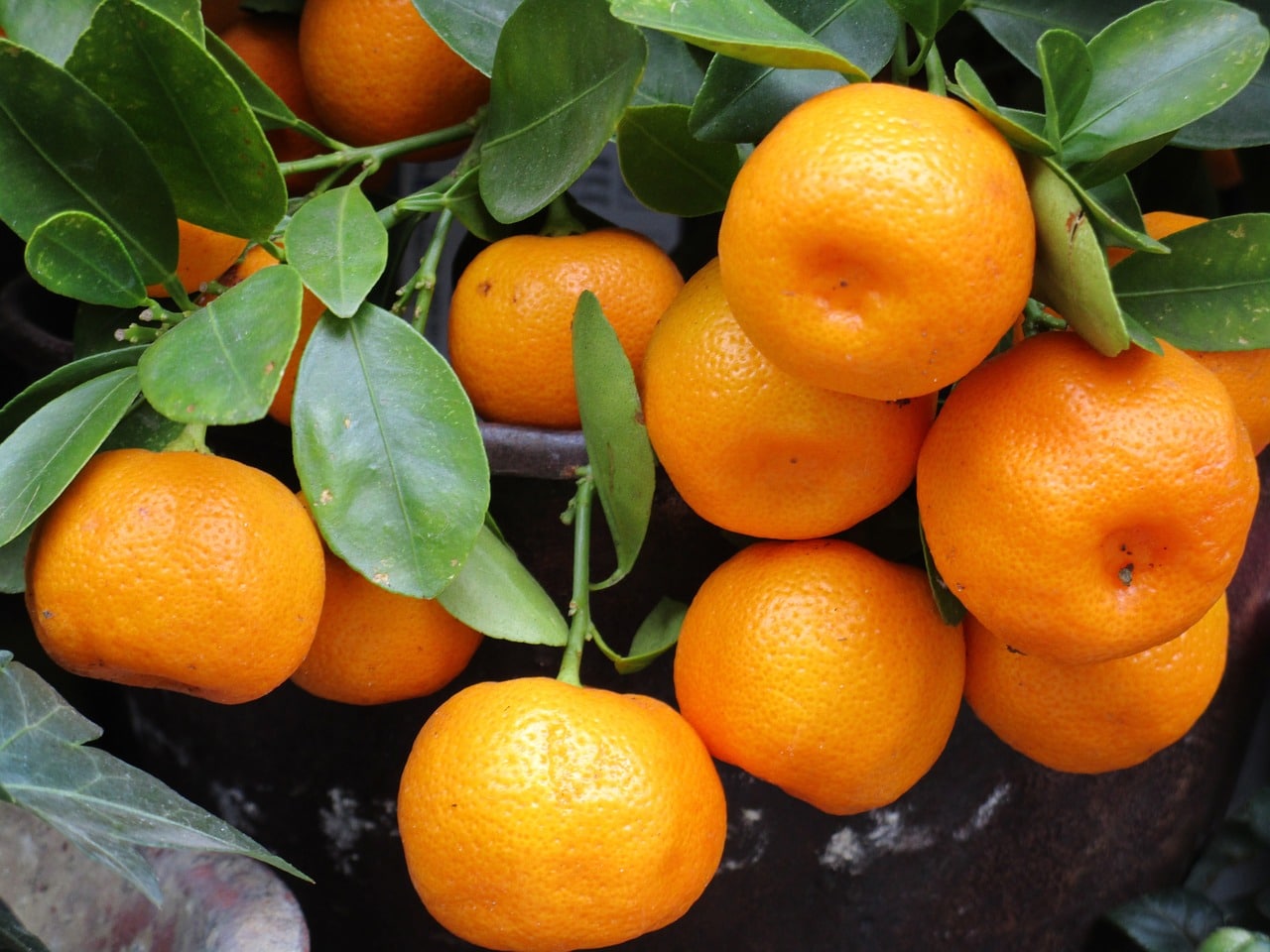Imagine you could replace soymeal with homegrown grass protein. That would probably save some precious rainforest and also bunker-fuel getting exhausted from the transport ships crossing the Atlantic. Until recently that vision was nothing more than some lab experiments, fresh grass, fancy juicers, and a pile of science reports.
Now that vision is just about to become reality. As of May 2021, BioRefine, what may be the world’s largest grass refinery turned the engines on for commercial production of grass-based proteins for monogastric animals. Soon the products will hit the distributors shelf.
The company is jointly owned by two wholesale companies; DLG and Danish Agro, and a seed company: DLF. It is strategically placed in an area with a high density of organic farmers. More than 6000 ha of organic forage fields are placed less than 10 km from the refinery, which should secure sufficient source material for a production aiming at 7,000 tons organic protein per year. The organic protein segment is currently the “sweet spot” for grass refinery as the commodity prices on organic soymeal are very high. But with increasing demands on lower climate footprints and with a refinery process that is still getting more efficient, grass proteins may offer a competitive alternative even to conventional soymeal in the future.
The process requires a firm harvesting schedule in which freshly cut forage needs to be processed within four-six hours. Both protein quantity- and quality are highly dependent upon conditions where the grass does not dehydrate or warm up. At the same time, it is equally important to have a steady intake of material over the entire growth season. The solution is to utilize clover-grass mixtures containing varieties selected for high protein content, a broad heading window, and either white- or red clover to fit with organic fertilizer management. Alfalfa in pure stand is included in the scheme to fill out any gaps, which may arise between the regular four-five cuts.
Protein concentrate is not the only product coming out of the refinery. Grass pulp is one fraction that previously was shown to have even better forage quality than non-processed grass. However, because the protein extraction efficiency is now approaching 90 percent, there is almost nothing left but pure fiber in the pulp. With relatively few modifications, such materiel can be tailored for next generation textiles, cardboard, growth media, or climate-neutral insulation material. The last fraction, brown juice, is used for energy production in a nearby organic biogas plant.
What’s more to wish for? Perhaps a grass-based human protein food source bypassing any animal production with a zero-emission profile. It may be here before you know it.








